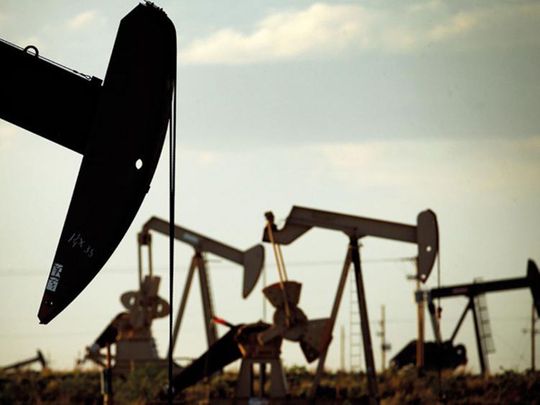
Regional pricing benchmarks are not new to the Middle East, but there has been an evident shift by the Gulf in the past year in seeking to take more ownership on the pricing of its crudes and products. We are currently experiencing an unprecedented change in global trading patterns, which puts the region in a very specific and advantageous spot geographically to effectively be the marginal barrel in the market.
Platts Dubai has been used successfully as a benchmark reference price for two decades. Similarly established is the pricing of the Oman contract as a reference price for crude in the region on the Dubai Mercantile Exchange. And most recently, we see ADNOC following in Aramco Trading’s footsteps, to build a significant trading capability in the region and planning to launch the “Murban” crude contract on the International Commodities Exchange this year.
Determining the success of new pricing assessments will be transparency, liquidity, storage capacity, as well as a well-regulated environment, which lends confidence that no individual or entity has absolute control. Another variable will be whether enough NOCs (national oil companies) make use of new benchmarks – a common shortfall thus far.
Fundability of the barrel is also important – its ability to be used by different refineries. Traditionally, benchmarks have been set on sweet crudes for this very reason, but other crudes are now being considered as refining systems increasingly become more equipped to deal with complex slates.
Expand the range
Alongside crude contracts, we see a strong impetus and opportunity for setting up price assessments for products, such as those based out of Fujairah, which have so far been priced off Singapore references. We are not only seeing more volumes produced within the region, bolstered most recently by the IMO 2020 directive, but also witnessing more products in demand by local customers.
If you look at Brent, ICE (Intercontinental Exchange) or even JKM (Platts’ Japan/Korea Marker), one reason for their success has been that several producers sell into them, and traders and customers then price around that. Currently, there is a geographic dislocation in timing for trade between Singapore and Fujairah, but if we had our own price, it would allow us to manage that exposure, enable us to add more flexibility and give more opportunity to manage and meet our customer requirements, particularly locally.
Having multiple price references would give market participants a greater sense of security of choice. Singapore has undoubtedly done a good job in working with the industry, with trading companies and with the refining sector, to create liquidity, transparency and trust, and it should continue to drive forward what it has always done. But Fujairah now stands at a clear turning point and can focus on the Singapore example as a reference point as it expands its hub ambitions to become the undisputable location for fuel trade between Europe and Asia.
- Chris Wood is Managing Director, Uniper Energy DMCC.








